An integrated development environment (IDE) is a software application that provides comprehensive facilities for software development. An IDE normally consists of at least a source-code editor, build automation tools, and a debugger. Some IDEs, such as IntelliJ IDEA, Eclipse and Lazarus contain the necessary compiler, interpreter or both; others, such as SharpDevelop and NetBeans, do not.
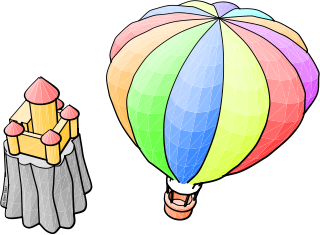
Smalltalk is a purely object oriented programming language (OOP) that was originally created in the 1970s for educational use, specifically for constructionist learning, but later found use in business. It was created at Xerox PARC by Learning Research Group (LRG) scientists, including Alan Kay, Dan Ingalls, Adele Goldberg, Ted Kaehler, Diana Merry, and Scott Wallace.
VBScript is a deprecated Active Scripting language developed by Microsoft that is modeled on Visual Basic. It allows Microsoft Windows system administrators to generate powerful tools for managing computers without error handling and with subroutines and other advanced programming constructs. It can give the user complete control over many aspects of their computing environment.

Liberty BASIC (LB) is a commercial computer programming language and integrated development environment (IDE). It has an interpreter, developed in Smalltalk, which recognizes its own dialect of the BASIC programming language. It runs on 16- and 32-bit Windows and OS/2.
ScriptBasic is a scripting language variant of BASIC. The source of the interpreter is available as a C program under the LGPL license.
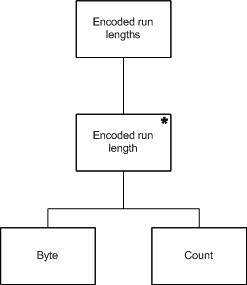
Jackson structured programming (JSP) is a method for structured programming developed by British software consultant Michael A. Jackson and described in his 1975 book Principles of Program Design. The technique of JSP is to analyze the data structures of the files that a program must read as input and produce as output, and then produce a program design based on those data structures, so that the program control structure handles those data structures in a natural and intuitive way.
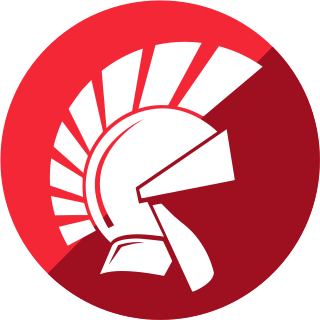
Delphi is a general-purpose programming language and a software product that uses the Delphi dialect of the Object Pascal programming language and provides an integrated development environment (IDE) for rapid application development of desktop, mobile, web, and console software, currently developed and maintained by Embarcadero Technologies.

In computing, a visual programming language, also known as diagrammatic programming, graphical programming or block coding, is a programming language that lets users create programs by manipulating program elements graphically rather than by specifying them textually. A VPL allows programming with visual expressions, spatial arrangements of text and graphic symbols, used either as elements of syntax or secondary notation. For example, many VPLs are based on the idea of "boxes and arrows", where boxes or other screen objects are treated as entities, connected by arrows, lines or arcs which represent relations. VPLs are generally the basis of Low-code development platforms.
Object Pascal is an extension to the programming language Pascal that provides object-oriented programming (OOP) features such as classes and methods.
In computer programming, dataflow programming is a programming paradigm that models a program as a directed graph of the data flowing between operations, thus implementing dataflow principles and architecture. Dataflow programming languages share some features of functional languages, and were generally developed in order to bring some functional concepts to a language more suitable for numeric processing. Some authors use the term datastream instead of dataflow to avoid confusion with dataflow computing or dataflow architecture, based on an indeterministic machine paradigm. Dataflow programming was pioneered by Jack Dennis and his graduate students at MIT in the 1960s.

SK8 was a multimedia authoring environment developed in Apple's Advanced Technology Group from 1988 until 1997. It was described as "HyperCard on steroids", combining a version of HyperCard's HyperTalk programming language with a modern object-oriented application platform. The project's goal was to allow creative designers to create complex, stand-alone applications. The main components of SK8 included the object system, the programming language, the graphics and components libraries, and the Project Builder, an integrated development environment.

Lazarus is a cross-platform, integrated development environment (IDE) for rapid application development (RAD) using the Free Pascal compiler. Its goal is to provide an easy-to-use development environment for developing with the Object Pascal language, which is as close as possible to Delphi. It is free and open-source software with different parts released under different software licenses.
Keysight VEE is a graphical dataflow programming software development environment from Keysight Technologies for automated test, measurement, data analysis and reporting. VEE originally stood for Visual Engineering Environment and developed by HP designated as HP VEE; it has since been officially renamed to Keysight VEE. Keysight VEE has been widely used in various industries, serving the entire stage of a product lifecycle, from design, validation to manufacturing. It is optimized in instrument control and automation with test and measurement devices such as data acquisition instruments like digital voltmeters and oscilloscopes, and source devices like signal generators and programmable power supplies.

Binary Modular Dataflow Machine (BMDFM) is a software package that enables running an application in parallel on shared memory symmetric multiprocessing (SMP) computers using the multiple processors to speed up the execution of single applications. BMDFM automatically identifies and exploits parallelism due to the static and mainly dynamic scheduling of the dataflow instruction sequences derived from the formerly sequential program.
In computer programming, flow-based programming (FBP) is a programming paradigm that defines applications as networks of black box processes, which exchange data across predefined connections by message passing, where the connections are specified externally to the processes. These black box processes can be reconnected endlessly to form different applications without having to be changed internally. FBP is thus naturally component-oriented.
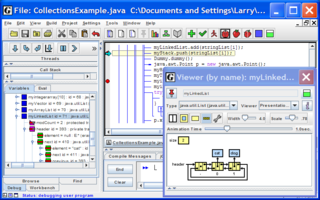
jGRASP is a development environment that includes the automatic creation of software visualizations. It produces static visualizations of source code structure and visualizations of data structures at runtime.
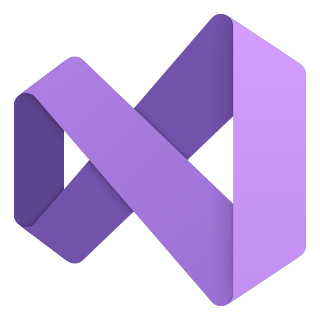
Visual Studio is an integrated development environment (IDE) developed by Microsoft. It is used to develop computer programs including websites, web apps, web services and mobile apps. Visual Studio uses Microsoft software development platforms including Windows API, Windows Forms, Windows Presentation Foundation (WPF), Windows Store and Microsoft Silverlight. It can produce both native code and managed code.
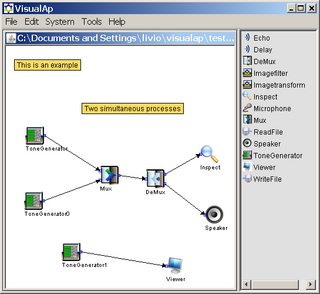
VisualAp is a visual framework for building applications and emulate systems. VisualAp is cross-platform as it is a 100% Java application.
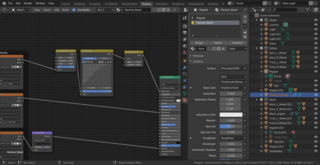
Node graph architecture is a software design structured around the notion of a node graph. Both the source code and the user interface are designed around the editing and composition of atomic functional units. Node graphs are a type of visual programming language.











